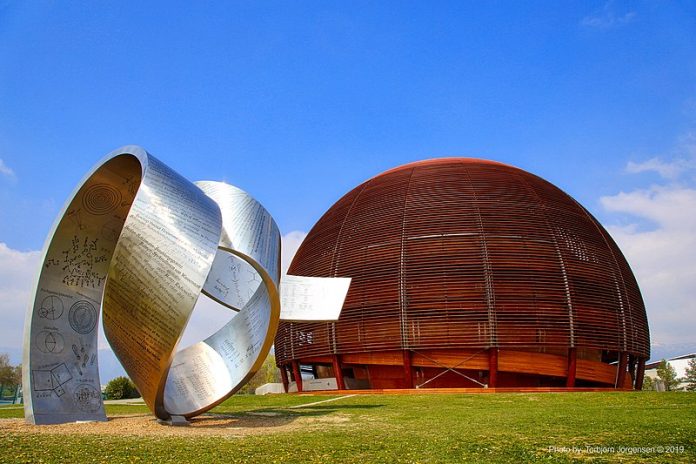CERN’s seven decades of scientific journey has been marked by milestones like “discovery of fundamental particles W boson and Z boson responsible for weak nuclear forces”, development of world’s most powerful particle accelerator called Large Hadron Collider (LHC) that enabled discovery of Higgs boson and confirmation of mass-giving fundamental Higgs field and “production and cooling of antihydrogen for antimatter research”. The World Wide Web (WWW), originally conceived and developed at CERN for automated information-sharing between scientists is perhaps the most important innovation from the House of CERN that has touched the lives of people around the world and has changed the way we live.
CERN (acronym for “Conseil Européen pour la Recherche Nucléaire”, or European Council for Nuclear Research) will complete seven decades of its existence on 29 September 2024 and is celebrating 70 years of scientific discovery and innovation. The celebratory anniversary programmes shall span the entire year.
CERN was formally founded on 29th September 1954 however its origin can be traced back to 9th December 1949 when a proposal for setting up of a European laboratory was made at the European Cultural Conference in Lausanne. A handful of scientists had identified the need for a world-class physics research facility. The first meeting of the CERN Council took place on 5th May 1952 and the agreements were signed. The convention establishing CERN was signed at the 6th CERN Council held in Paris in June 1953 which was gradually ratified. The ratification of the convention was completed by the 12 founding members on 29th September 1954 and CERN was officially born.
Over the years, CERN has grown to have 23 member states, 10 associate members, several non-member states and international organisations. Today, it is one of most beautiful example of international collaboration in science. It has about 2500 scientists and engineers as staff members who design, construct and operate research facilities and conduct experiments. The data and results of the experiments are used by about 12 200 scientists of 110 nationalities, from institutes in more than 70 countries to advance frontiers of particle physics.
The CERN laboratory (the Large Hadron Collider consisting of 27-kilometre ring of superconducting magnets) sits across France-Switzerland border near Geneva however main address of CERN is in Meyrin, Switzerland.
The key focus of CERN is to uncover what the universe is made of and how it works. It probes the fundamental structure of particles that make up everything.
Towards this aim, CERN has developed huge research infrastructure including world’s most powerful particle accelerator called Large Hadron Collider (LHC). The LHC consists of a 27-kilometre ring of superconducting magnets which are cooled to staggering –271.3 °C
Discovery of Higgs boson in 2012 is perhaps the most significant accomplishment of CERN in the recent time. The researchers confirmed existence of this fundamental particle through the ATLAS and CMS experiments at the Large Hadron Collider (LHC) facility. This discovery confirmed existence of mass-giving Higgs field. This fundamental field was proposed in 1964. It fills the entire Universe and gives mass to all elementary particles. Properties of particles (like electric charge and mass) are statements about how their fields interact with other fields.
W boson and Z boson, the fundamental particles that carries weak nuclear forces were discovered at CERN’s Super Proton Synchrotron (SPS) facility in 1983. Weak nuclear forces, one of fundamental forces in nature, keep right balance of protons and neutrons in the nucleus through their interconversion and beta decay. Weak forces play an important role in nuclear fusion also that power stars including sun.
CERN has made a significant contribution in study of antimatter through its antimatter experiment facilities. Some of the highpoints of CERN’s antimatter research are observation of the light spectrum of antimatter for the first time in 2016 by ALPHA experiment, production of low-energy antiprotons and creation of antiatoms by Antiproton Decelerator (AD) and cooling down of antihydrogen atoms using laser for the first time in 2021 by the ALPHA collaboration. Matter-antimatter asymmetry (viz. Big Bang created equal amounts of matter and antimatter, but matter dominates the universe) is one of biggest challenge in science.
The World Wide Web (WWW) was originally conceived and developed at CERN by Tim Berners-Lee in 1989 for automated information-sharing between scientists and research institutions around the world. The first website in the world was hosted on the inventor’s NeXT computer. CERN put the WWW software in the public domain in 1993 and made it available in open license. This enabled web to flourish.
The original website info.cern.ch was restored by CERN in 2013.
***
***






































